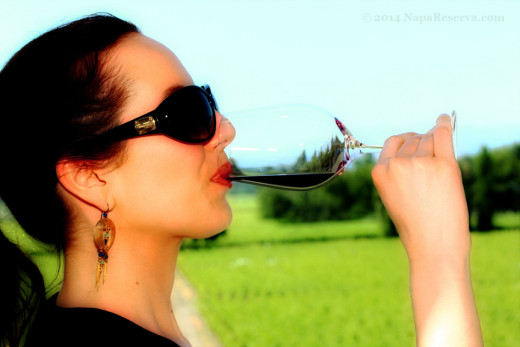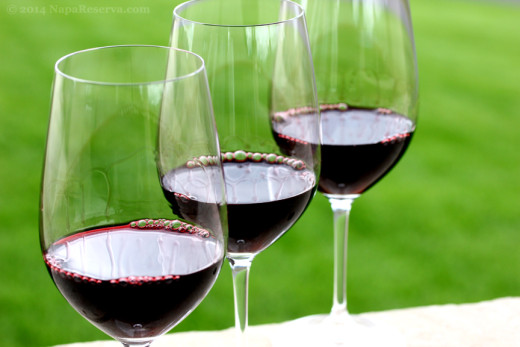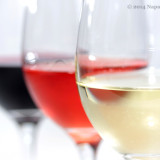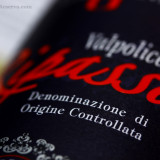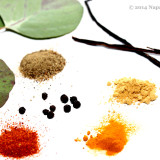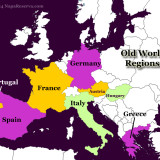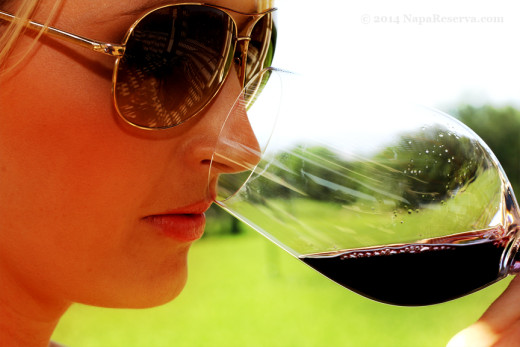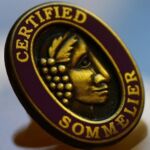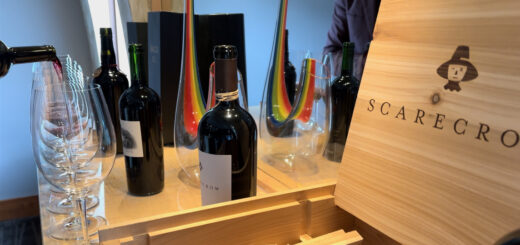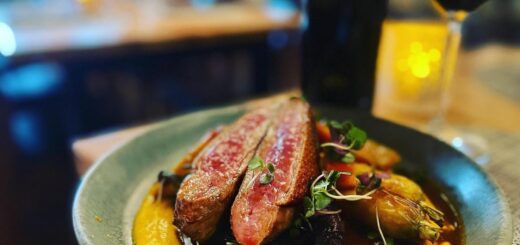Easy way to identify flavors, aromas and bouquet in wine
Although they have been used interchangeably but there are actually differences between Aromas and Bouquet of Wine. Flavors in wines can be associated with fruits while their bouquet resembles more wood, spice and herb. These flavors and aromas naturally developed during the wine-making process and will be enhanced further while the wines age in Oak barrel and in bottle; thus, no outside artificial flavors should be added.
While it is easy to detect flavors after seeing the wine review or tasting notes, since knowing what to look for certainly helps and there is also psychological influence of seeing the descriptions of the wine written by a professional. After some time, wine drinkers usually can start being able to detect fruitiness, wood and tannin level in wine; but picking out specific flavors and aromas from wine all on their own will take time, usually after years of drinking wines and some practice. How about some tricks for a head-start.
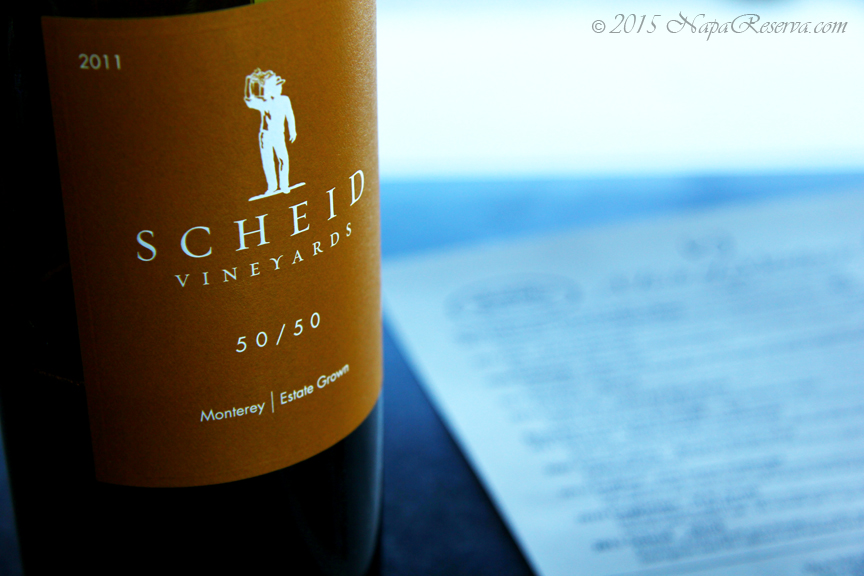
1. By-pass previous review before tasting your wine:
Reviews are helpful for experienced drinkers who know what they like in wine, seeing preferable descriptions in wine reviews might help in purchasing, drinking or cellaring a wine. For newer wine-drinkers, seeing review will heavily influence your taste buds. Instead, taste the wine as you know nothing about it, any flavors detected are all yours. Afterward, you may compare your tasting notes with the reviews by someone, you will likely find both matching and non-matching flavors.

2. Take small sip and more than once.
Your mouth is limited to 5 tastes: sweet, salty, sour, bitter and tannic, sensory in your nose can pick up 500 scents comfortably. Taking small sips of wine allows for simultaneous air intake while your wine is being tasted. Air filters through the wine carrying flavors and aromas up to the back of your nose where they can be detected. It is also a good idea to taste your wine multiple times before assessing its flavor and texture, each sip might tell different story as your palate get more acquainted to it.
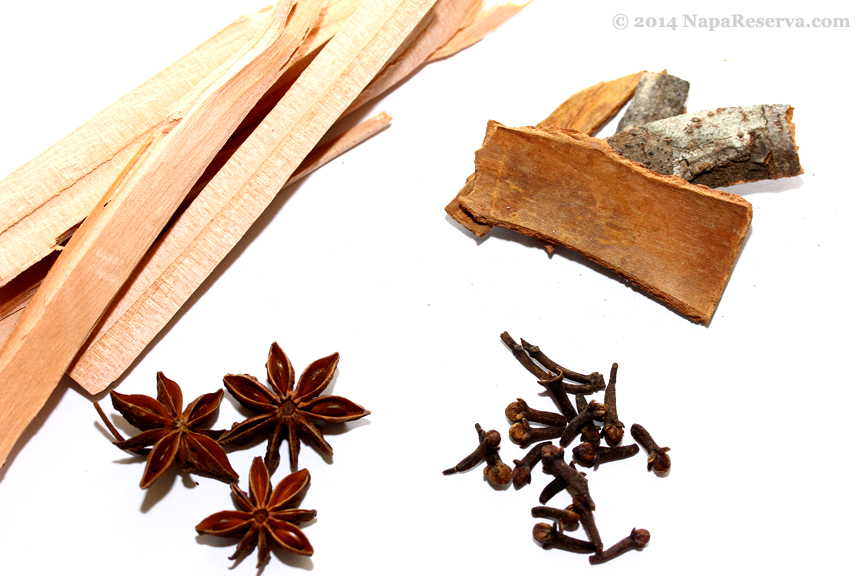
3. Run through the list of descriptors in the back of your mind while savoring your wine
If you can pick out flavors in wine but can’t seem to wrap a word around it, this happens more common than you think, even to the professionals. Perhaps, the best trick so far is to list out the common aromas and bouquet usually found in red wine or white wine. As you run through these flavors one by one, you’ll be able to connect them to the wine your tasting. After some practice, you’ll be able to identify specific flavors while tasting. It is helpful to relax and let your nose to the “sniffing”.
Here are some common aromas and bouquet found in wine:
[ezcol_1half]
Red wine
- Plum, Berry, Cherry, Prune, Fig, Raisin
- Dill, Sage, Eucalyptus, Her, Mint, Nutty, Asparagus, Green-bean, Tea
- Chocolate, Tobacco, Tea-leaf, Nutty, Coffee, Caramel, Mushroom, Smoke, Toast, Cinamon, Nutmeg
- Spice, Clove, Anise, Cassis, Licorice, Cedar, Vanilla, Pine, Oak, Pepper, Pumpkin Spice
[/ezcol_1half]
[ezcol_1half_end]
White wine
- Lime, Citrus, Orange zest, Grapefruit
- Peach, Nectarine, Apple, Banana, Melon, Apricot
- Tropical Fruit (Mango, Papaya, Passion fruit), White Flowers, Fresh Grass, Hay
- Honey, Roasted Nut, Caramel
[/ezcol_1half_end]


